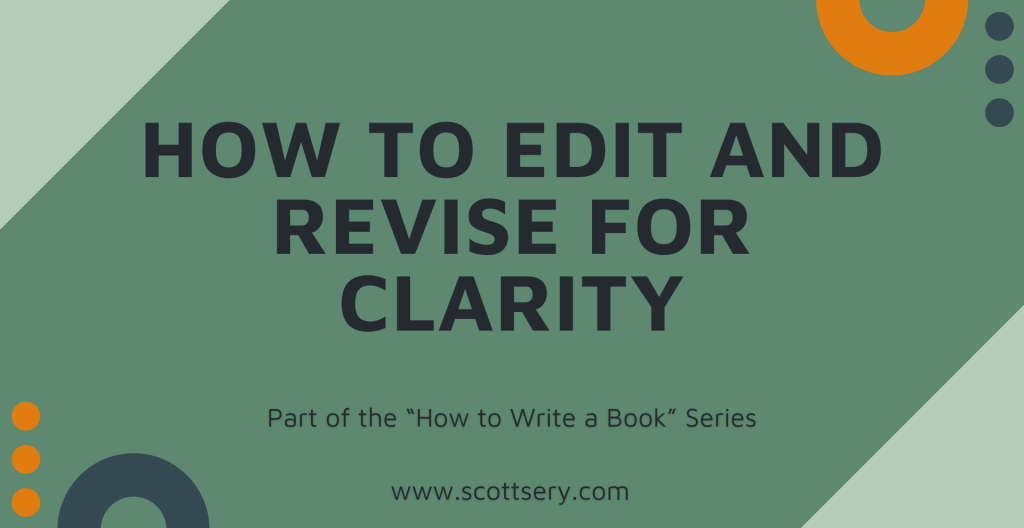
This is a part of the How to Write a Book series, check out the rest of the parts when you’re done here.
Editing and Revisions aren’t Optional
There are a bunch of differing ideas on editing your work. Some like to lean into the quote, “Write drunk, edit sober” claiming that Ernest Hemingway, a heavy alcoholic, would do this and look at all the amazing books he was able to write during his tenure as an author. That quote was actually not from Hemingway, instead from another author named Peter De Vries. Regardless of who actually wrote it, the advice is really quite bad. You should write sober and edit sober, because as I have experienced, trying to write drunk churns out a whole bunch of incomprehensible garbage.
The problem that a lot of people run into is that editing isn’t just about fixing your spelling and punctuation. It’s about providing clarity and enhancing that connection you have with your audience. The very best editing isn’t about making your words better, it’s all about making them disappear. The reader is no longer reading your words, instead they’re being immersed in your story.

Option Number One: Editing as Your Write
As you’ll see, there are three ways you can edit your book. The first, and this is my favorite method to self-edit, is to edit you work as you go along. With some practice this just becomes second nature, and you don’t have to sit down and analyze everything. You’ll start to learn what flows well, what doesn’t work, and you’ll come up with some new ideas that should have been introduced in preceding paragraphs or chapters. When I write, I take the time to modify my document immediately, so I’m not left confused later.
Editing as you write works well because it helps to keep your brain sharp and your structure tight. When you sit down to create your manuscript, you’re in the flow. Your brain is thinking as you go along, it’s processing the information, and it’s re-telling the stories that you want to include in your book. When you’re in the zone, you can handle those changes pretty seamlessly.
When you finally do finish, there isn’t this mountain of work waiting for you at the end. Yes, you’ll still need to proofread, edit, and get feedback, but the bulk of the heavy lifting is going to be done for you.
As you become more proficient in your writing, you can even start to recognize your crutch phrases and filler words as you type them. They’ll stand out like sore thumb (which, now that I think of it, why are sore thumbs standing out so much?) and you can immediately change your habits to correct that.
To get this done, start by taking little breaks at your natural stopping points. At the end of sentences or paragraphs, read what you wrote again. Sometimes you won’t need to, but often you’ll pound out a sentence to get the idea down, and it just won’t flow naturally. But you need all the information in place so you can go back and touch things up.
Editing as you write should be looking mostly for flow, clarity, and consistency. Not just grammar and spelling; those are largely checked for you with the red squiggly lines anyway.
What you don’t want to do when you edit as you write is to spend too much time on it. You’re in the writing zone, so get those thoughts and ideas out there, and spend a little extra time on tweaking ideas, sentences, and paragraphs so they best flow with the entire book.
If you find that you’re spending way too much time on a particular sentence and paragraph, highlight it, leave yourself a comment or note, and then just keep going. Your brain will keep processing the poorly written stuff subconsciously, and when you go back to it, you’ll have a great AHA moment and slap yourself in the forehead saying, “Why didn’t I think of that the first time through?”
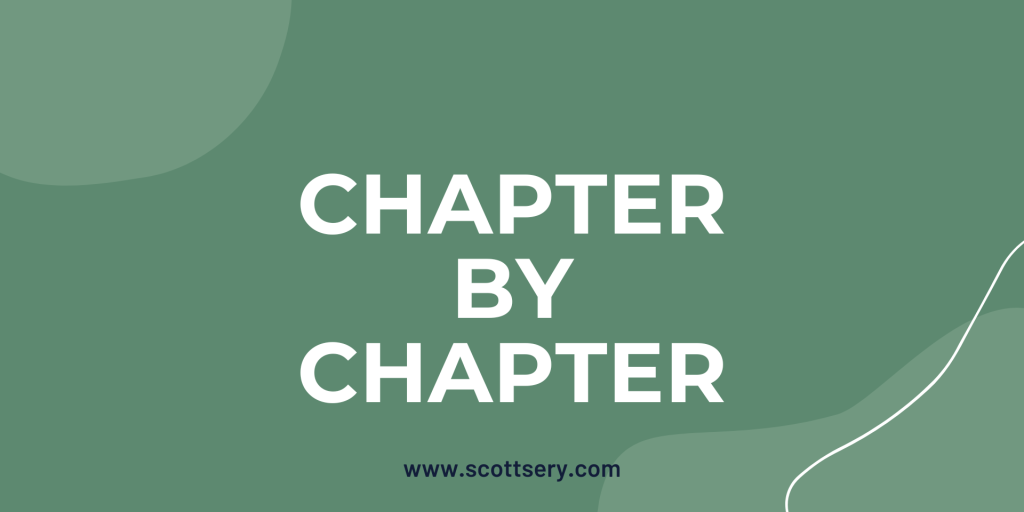
Option Number Two: Chapter-by-Chapter Review
What most people will do, however, is wait until they’re at the end of a chapter, and then go back and review what they have written. This helps to keep the thoughts flowing while you’re in the writing zone, but when you do go back and edit, it’s all still fresh up there in your noggin. No momentum busting edits here.
The big perk is that you can spot inconsistencies and poorly described situations long before they turn into big issues. If you edit while you write, you can end up over doing your edits, and explaining something in detail that will be explained later. Then you have to figure out if you want to move your explanation to the end, re-work your outline, or explain things a second time.
The chapter-by-chapter review follows a similar pattern as the edit as you write, but you wait until the end of the chapter. Then go back and read that chapter out loud. Speaking the book to yourself helps you catch typos, grammar errors, and awkward or unclear phrasing. We do write in a different manner than we speak, so unless your book is going to include a lot of slang, contractions, and weirdly spelled words, know that you’ll sound a lot more formal when reading your work.
When you are doing the one chapter at a time method, fix minor errors when you encounter them, but flag the bigger stuff and come back to it later. Some issues are merely a sentence or two earlier in the chapter to set up some foreshadowing, others might mean you need to completely restructure the paragraph or move them to an entirely different part of the book.
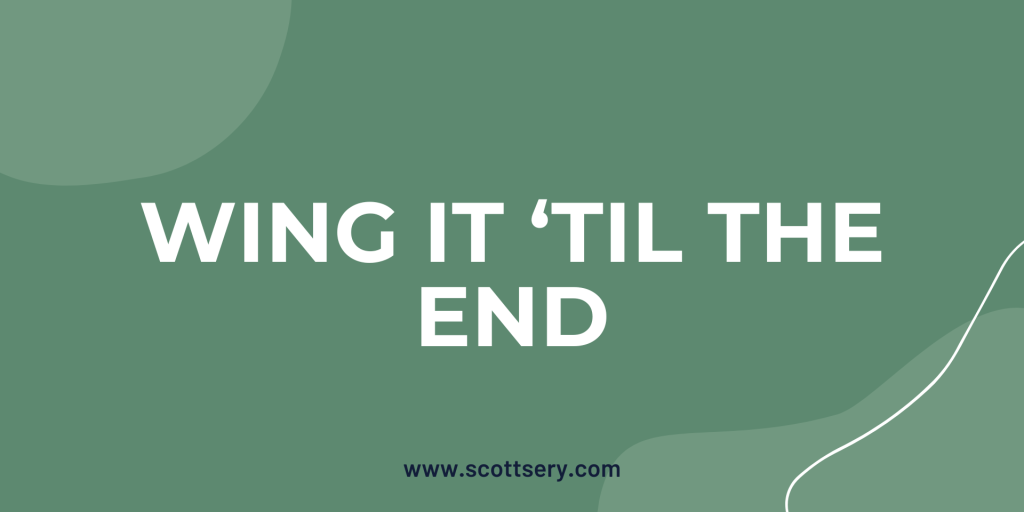
Option Number Three: Wing it Until the End
What many people will do is to wait until the very end of the book to fix anything in the book. I highly recommend that you don’t write the entire manuscript before doing any sort of editing. What ends up happening is that you forget what you wrote, then you end up over-editing because your outline has changed. You modify a sentence or paragraph, and then later in the book you realize you just modified that paragraph to include the same information that you intentionally wanted to tell later.
This doesn’t mean that if you edit as you write, or do the chapter-by-chapter review, that you don’t need to do anything when you get to the end.
A lot of people think that once the book is written, it’s out the door and off to the presses. Actually, there’s still a lot of work that needs done before you even send this thing off to the copy editor (more on what that means in a bit).
When you’ve written the manuscript, it’s time to do another cover-to-cover read through. Have some trusted readers (beta readers, friends, ARC readers, and the like) read through this thing and mark up the confusing areas.
Emphasize to them that they aren’t just checking grammar and spelling (if they see that, then by all means note it), but really what they’re doing is checking for the reader experience. Is it clear and does it bring them to the goals you defined before you started to write?
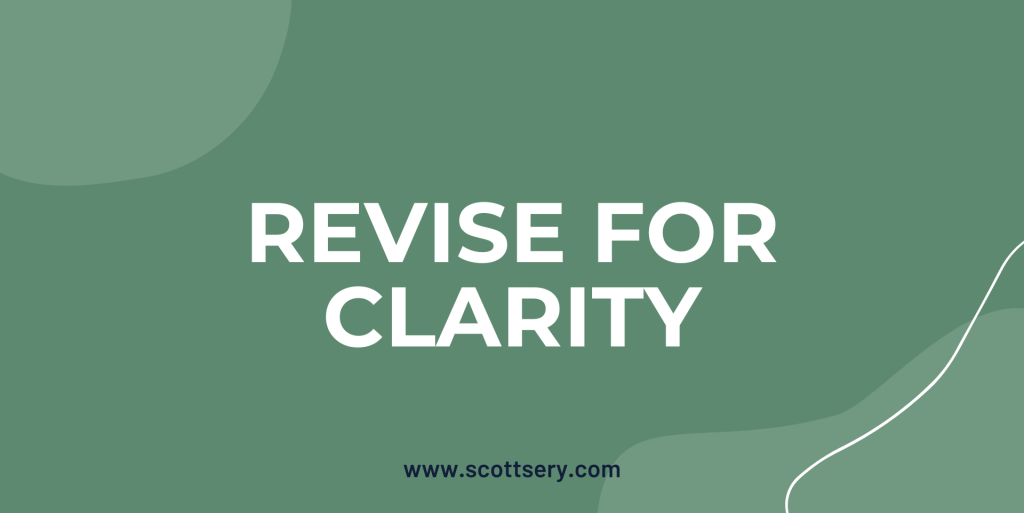
What does it Mean to Revise for Clarity?
Something that is unclear isn’t going to hit quite as hard as something that has been revised and written for clarity.
That doesn’t mean that it’s easy to read. In fact, some books that are easy to read miss the mark completely because they’ve been written to be easy readers – but they lack substance and the reader gets done and thinks, “What a nice story.” instead of, “Wow, that was incredible!”
The goal with revising for clarity is to ensure that your book is easy to feel and easy to follow. You don’t want to confuse your readers, or they could become frustrated, put the book down, and never pick it back up.
Some of the clarity killers:
Assumed Knowledge – You know your story in and out. You know the feelings that went with it, the subtle details that don’t seem to matter, and your brain will naturally fill that stuff in. Your readers don’t know all of that, and that incredible story can turn into a lackluster narrative of something that happened.
Vague Descriptions – If you’re writing non-fiction, there’s no need for all of that creative writing you learned back in school, right? Wrong. Even in non-fiction you need to paint a story to draw the reader in. So, when you say, “He got angry.” You capture less sentiment than when you say, “He stopped mid-sentence, narrowed his eyes, and clenched his jaw. Seething beneath the surface, he was livid.”
Unanchored Dialogue – A good story has dialogue. Even if it’s non-fiction, and even if it’s you recounting how something went down. But readers need to know who is speaking, why, and to whom. Don’t worry too much about using “said” too much as you scrounge for synonyms; “said” is perfectly acceptable for the majority of dialogue intros.
Timeline Jumps – Flashbacks and scene changes can make the story incredible. But when you don’t set them up properly, you’re confusing your reader and making them wonder if this is a memory, present day, or a fantasy. These can work great in movies to keep you on the edge of your seat, they don’t usually go over as well in books.
When you’re proofreading your book and revising for clarity, here are a few things to keep in mind.
- Add sensory details. That dark apartment can become a dirty and musty apartment. The worn carpet becomes the crunchy carpet that makes you shudder to think of walking on it barefoot.
- Set up your characters. Make sure people know who is speaking or being spoken to.
- Simplify sentences. Unless you’re writing a philosophy textbook, keep things simple.
- Break up paragraphs. It’s hard to open a book and see two pages filled with one long paragraph.
- Don’t get too crazy with descriptions. Adding sensory details are great. But you can overdo it and go on, and on (and on) describing anything.
When you’ve done your work revising for clarity, then it’s time to get others to provide feedback as well. And remember, readers often won’t be able to pinpoint what’s wrong, but they’ll certainly feel it when something isn’t quite right.
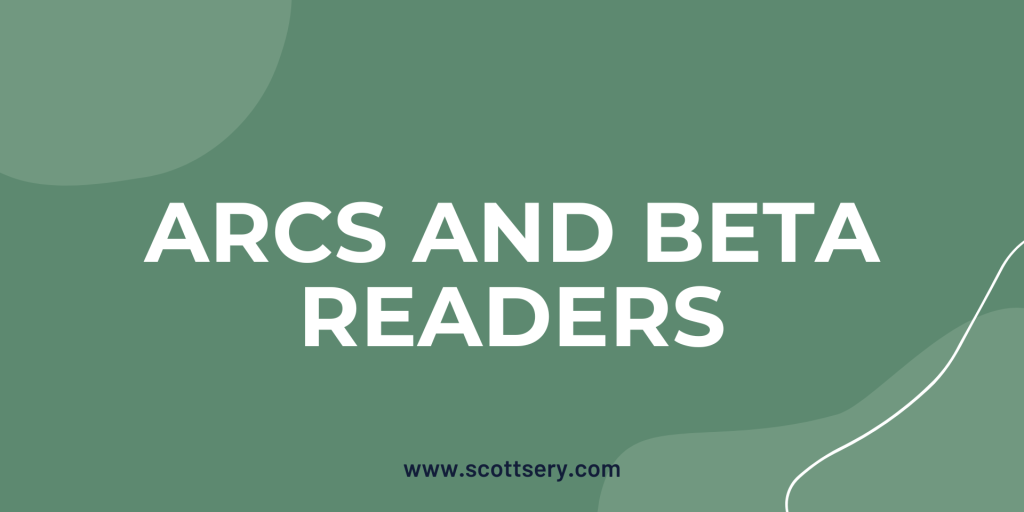
You Need Reader ARCs or Beta Readers
ARCs, or Advanced Reader Copies aren’t quite as popular as they once were. They’ve largely been replaced by the term beta readers. For the most part, they’re the same thing.
Friends, family, or even people you pay to provide feedback on your book are going to ensure that this thing doesn’t have weird inconsistencies in it. Because after you’ve written it, edited it, proof read it, and then read it once more for good measure, you tend to gloss over areas that could have hidden murky writing.
Your beta readers will help catch those with a fresh set of eyes, and when something pops up that doesn’t make sense, they can flag it and say, “Wait, who’s Tim? Why did he suddenly enter your story here?”
Keep in mind that most of these people are not going to be professionals. They likely have a little bit of training with the English language (just like we all do because we went to high school), and two things will happen.
They will try to edit and correct the crap out of your book, marking that thing up and suggesting all sorts of stuff that really doesn’t need changed.
Or.
They will know something is off, but have no idea how to articulate the issue. “This paragraph doesn’t make sense.” Or “This feels a bit off.” Might be as good as it gets. But it’s valuable feedback that means you need to edit that part again and ensure clarity.
Remind them that your feelings won’t be hurt (especially when close friends or family read this thing) so be brutally honest in their feedback.
Also, give them some specific instructions. Tell them to mark the parts that confuse them. Ask them to look for patterns (these could be intentional on your part, or unintentional because you fell into a particular writing style). And when it comes down to it, resist the urge to get defensive.
Listen to the feedback, note it, and process it later. I’ve had editors change up big sections of my writing and my first thought was, “That’s crap!” but then I go back and read their changes and think, “Okay, that’s actually way better.”
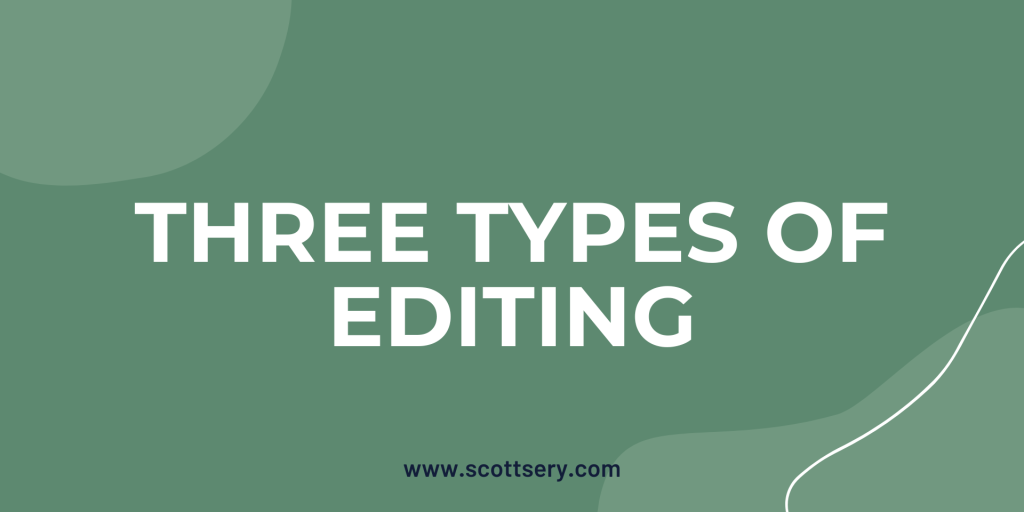
The Three Types of Editing
Did you know that there isn’t just an editor that reviews your manuscript before it gets published as a book? There are actually three of them. Well, three different types of editing – often some of these are the same person.
From the widest perspective to the narrowest, here’s who they are and what they do.
Developmental Edits
A developmental editor looks at your book as a whole. Does the entire thing work together, build on itself, and do the chapters flow into each other? Developmental edits look for things like pacing, clarity, and coherence. Is the motivation set up and does the story make sense?
A developmental editor helps to point out inconsistencies, dropped threads, and unclear passages. In essence, those ARCs or beta readers are doing this, but if they’re just friends and family they won’t really know what to look for.
When doing this job, the editor isn’t looking for typos, formatting, or grammatical mistakes. They’re looking for reader confusion. Sometimes clarifying your writing means cutting out words and shortening passages; other times it means adding more details or even flashback paragraphs to take a step back and set the stage for what’s to come.
When you’re hiring a developmental editor, their goal isn’t to rewrite your book, but rather guide you to make it stronger. Expect plenty of notes, suggestions, and comments where things need to be clarified.
Line Edits
As we tighten our focus, we look at line edits. While a developmental editor looks at the big picture, and ensures clarity through the entire book, the line editor ensures clarity within a chapter.
This type of editing doesn’t specifically look for grammar, spelling, and punctuation, but rather word choice, rhythm, and flow. Since the developmental editor has ensure the book works together as a whole, the narrower focus on chapter by chapter can ensure that it isn’t clunky to read.
You’ve probably read things that don’t flow very well. Polished writers (those who invest in editors) have a bit of a cadence to their writing; things just bounce along nicely. Those with less experience seem to be a bit choppier. Their paragraphs seem to end suddenly, and the reader almost has to struggle to get back on track when starting the next one.
The line editor helps ensure this doesn’t happen.
Copy Edits
A copy editor is what most people think of when they think about an editor.
The copy editor looks at grammar, punctuation, sentence structure. They are the ones that ensure you’re consistent throughout the book in how you write. Did you use MLA style at the beginning and switch to APA later? The copy editor cleans that up for you.
When you get your manuscript back from the copy editor, expect it to be marked up quite a bit. Especially if they’re a line editor and copy editor all in one (usually they are). They’ll suggest different ways of saying things, better flow, and often reorganize entire paragraphs.
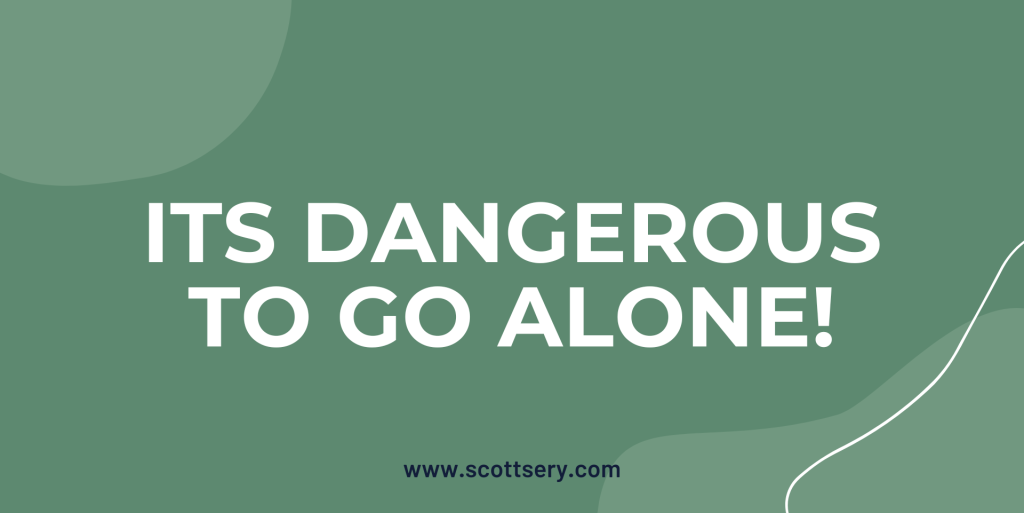
Revision isn’t a One-Time Thing; You’ll Need Help
You’ve gone through the editing process and it’s time to publish! Wait, nope, not yet!
After several rounds of editing, you have one final proofread to do. You, friends, family, and beta readers can pour over this thing one more time to ensure it’s all good. Because clarity isn’t accidental, it’s done through mindful revisions.
Intentionally review every word in your manuscript to ensure it’s portraying the right message, speaking to your target audience and leading the reader on the journey – pointing them to the goal you created long before you wrote.
Because the best compliment a reader can give isn’t that your writing was flawless, it’s that they forgot they were reading at all.
Most people will need some help on this. Sign up for the Author’s Mastery Academy by clicking on the big old sign-up button down below. Or, if you don’t wanna mess with it at all, schedule a time to chat with me, my calendar is below below.
